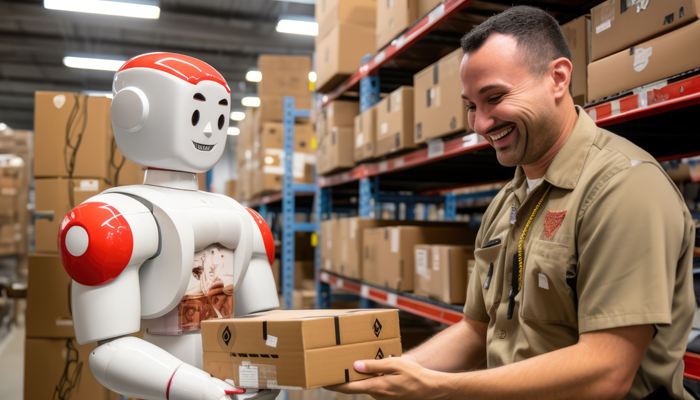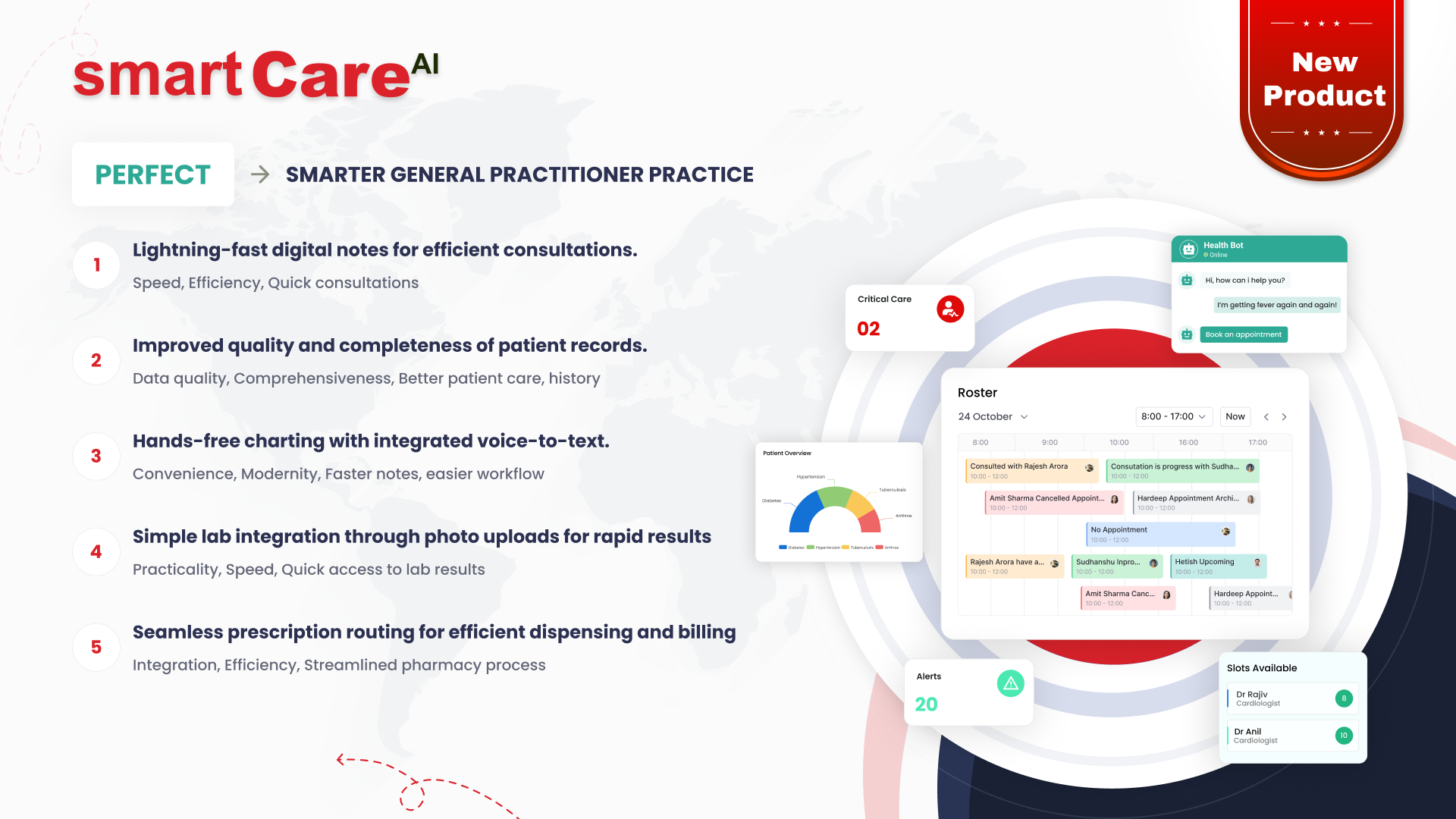Posted On February 19, 2025
Logistics and warehouse management are radically changed by the Internet of Things
The Internet of Things (IoT) exponentially changes logistics and warehouse management and is a new paradigm of commerce throughout the world. Companies are putting IoT technology to work to enhance productivity, efficiency, and operational insights as supply chains become increasingly complex. Learning how IoT can be used in this area can enable you to better utilize resources, reduce errors, and expedite processing.
Let's see the main advantages of IoT and how it is changing warehouse management and logistics.
-
Real-Time Asset Tracking and Inventory Management
Real-time asset and inventory tracking is one of the most intractable challenges facing warehouse management and logistics. GPS trackers, RFID tags, and IoT-enabled sensors let companies keep an eye on the flow and condition of products all the way through the supply chain.
How It Operates:
- GPS and IoT-based trackers deliver in-situ shipment location information.
- Scanning with Barcode and RFID can help in automatically updates stock and tracks stocks levels.
- Weight-sensing smart shelves can be used to track stock and trigger automatic replenishment.
Benefits
Less human error in inventory control, maintain optimum inventory levels to prevent stockouts and stockouts, and improve supply chain operations visibility, minimizing damage and delays. -
Predictive Maintenance for Warehouse Equipment
Machines such as forklifts, conveyor belts and similar automated sorting devices, are just few of the equipment based process that are relied upon in warehouses. Predictive maintenance can be carried out before a breakdown happens thanks to IoT sensors that can track the functionality and state of this equipment.
How It Operates:
- IoT sensors detect temperature changes, vibrations, and other machine anomalies.
- Algorithms used for predictive analytics analyze data to predict potential failures.
- When maintenance is necessary, maintenance staff are alerted automatically.
Benefits
Provides a greater level of worker safety by precluding unplanned machine stoppages; Contributes to reduced downtime and costly unplanned repairs; Extends the service life of the warehousing equipment. -
Smart Fleet Management for Efficient Deliveries
The management of fleets for logistics companies is crucial to minimize fuel costs and deliver on-time. Information on vehicle location, mileage and driver behaviour is supplied by telematics devices, which run on IoT.
How It Operates:
- Vehicle location, speed, and route efficiency are tracked using GPS and Internet of Things sensors.
- Fuel sensors monitor consumption and detect loss.
- Driver behaviour monitoring reduces the occurrence of idle time, hard braking, and acceleration.
Benefits
Through prediction of vehicle maintenance needs, it is optimised for fleet usage and route optimisation to reduce time and fuel costs. Enhances adherence to legal standards and driver safety. -
Warehouse Automation with IoT and Robotics
IoT is being implemented with automation and robotics in current warehouses to improve the productivity. IoT-equipped robots could assist with picking, packing, and sorting, accelerating the fulfilment process, and also remove the need for manual work.
How It Operates:
- IoT/AI is applied to automated guided vehicles (AGVs) for effective material movement.
- Drones are used for observing occupancy of warehouse space and inventory checks.
- Sorting and packing are optimized with the integration of smart conveyors and real-time information.
Benefits
Speeds up and improves order fulfilment. Reduces labour costs whilst improving workplace safety. Increases warehouse effectiveness and reduces human errors. -
Using IoT-Enabled Data Analytics to Improve Supply Chain Transparency
There is an enormous amount of data generated by the IoT and, when it is appropriately analysed, it can provide deep insights into warehouse and logistics activities. Through the use of this data, firms may take data-driven decisions, forecast demand and optimize process flow.
How It Operates:
- Sensors, vehicles, and inventory data are aggregated on IoT dashboards.
- Analytics powered by AI forecast demand trends and maximise inventory levels.
- Supply chain records are secure and uncrackable by integration of blockchain.
Benefits
It enhances the traceability and visibility of the supply chain. Optimises resource use to minimize waste, and enables more rapid, more advantageous decision making . -
Strengthening Security and Preventing Losses
Since warehouses hold costly items, security is of utmost importance. Smart locks, capabilities for real-time location data, and IoT-based surveillance systems are used to help deter theft, unlawful entry, and loss of inventory.
How It Operates:
- Motion sensors and Internet of Things security cameras monitor warehouse activity.
- Unauthorized entry is prevented by means of biometric access systems and Smart locks.
- Security staff are alerted by geofencing when assets are displaced from designated areas.
Benefits
Reduces inventory shrink and theft. Advances warehouse safety through the detection of abnormal behavior, and ensures compliance with industry best practices and security legislation.








